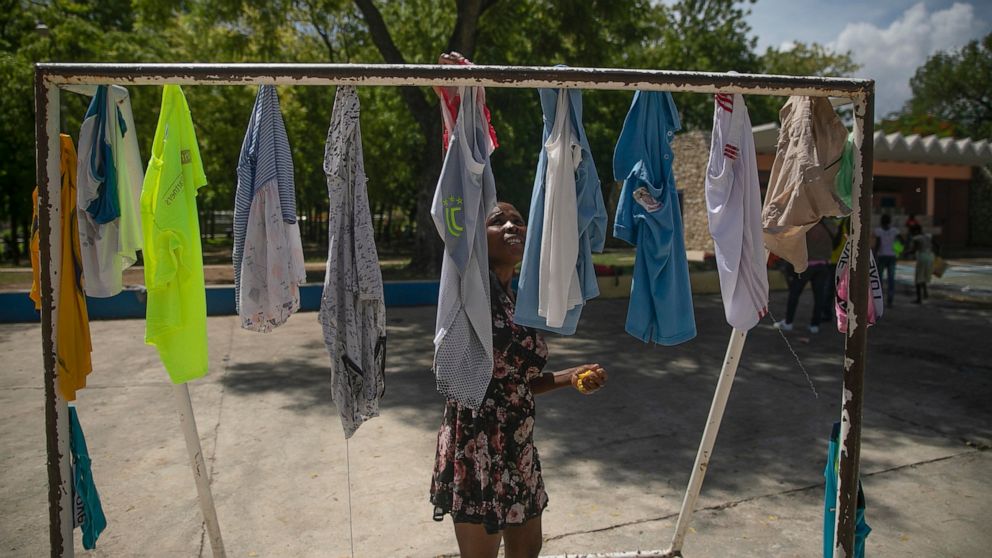[ad_1]
Sonnenstromfabrik (CS Wismar GmbH) is increasing its 200MW photo voltaic module manufacturing operations in Wismar, Germany, to incorporate a brand new 300MW line, managing director Bernhard Weilharter has instructed pv journal. The aim is to ramp up in Q2 of this yr, with mass manufacturing slated for Q3.
The German firm has signed a memorandum of understanding with Norway-headquartered REC Group underneath which the events intend to enter right into a mutual cooperation settlement to implement the latter’s patented break up photo voltaic cell and junction field expertise (EP 3 017 520) for the manufacture of two new PERC module merchandise that includes half lower photo voltaic cells and enormous format wafers. The mutual cooperation settlement can even embrace a license to REC’s EP 3 017 520 patent.

Picture: REC Group
The partnership
Commenting on the rationale for the partnership, Weilharter stated it was “unavoidable” because of the development in direction of bigger format wafers. “Cells should be lower to scale back currents to a stage that may be dealt with by inverters. REC’s revolutionary expertise has been widely known within the business for enabling unmatched positive factors in efficiency and effectivity,” he stated.
Sonnenstromfabrik’s unique plan was to introduce merchandise with bigger wafers at a later stage; nonetheless, this was introduced ahead and in 2020, the corporate obtained board approval to buy new tools.
Sadly, machines to deal with wafer sizes bigger than 166mm weren’t out there in Europe. “We all know that the cell producers are going in direction of 210 and even 220mm so we both had to purchase Asian tools or develop our personal,” Weilharter stated. Ultimately, the corporate selected to construct new stringer and interconnection tools that would take care of wafer sizes as much as 220mm, along with an Italian producer.
Technique pivot
“Our plan was to have a brand new module design which was primarily based on 210mm wafers in a 3rd lower cell design, fairly much like what you see at present,” continued Weilharter. Nevertheless, the technological improvement of inverters required to help these bigger sizes didn’t maintain tempo, and Sonnenstromfabrik discovered that lots of the present merchandise couldn’t deal with the larger currents.
Thus, the corporate modified its product improvement technique, away from a module design with 210mm wafers and third lower cells, to a design that includes 182mm wafers and half lower cells. “That is mainly the purpose the place the problem began,” stated Weilharter, “as a result of this might require us to make use of the half lower design patented by REC.
Because it was not potential to discover a technical different, Sonnenstromfabrik approached REC to see if a business settlement may very well be reached.
Agnieszka Schulze, spokesperson at REC Photo voltaic EMEA GmbH instructed pv journal, “Whereas we have to shield our expertise, such a consulting settlement is one of the best ways for everybody, as a result of our efforts and investments are acknowledged, however on the identical time we help a stronger adoption of revolutionary photo voltaic PV expertise within the curiosity of customers.”
Along with the events avoiding any patent disputes, REC can even present consulting companies to Sonnenstromfabrik underneath the settlement. “It provides us a head begin and it provides a secure answer for us and for our clients for the subsequent two years,” Weilharter defined.
Commenting on the individuality of REC’s patented expertise, Schulze continued, “It is the mixture of lower cells and the break up junction field expertise and placing these each collectively whereas offering reliability and excessive efficiency.
The small print
Total, Sonnenstromfabrik will provide three totally different product sizes, starting from 355 to 490W. Particulars of those emerged final September when the corporate unveiled three new codecs for its glass-film and glass-glass PV modules.

Picture: Sonnenstromfabrik (CS Wismar GmbH)
On the time, it stated the smallest of the three module collection will function full black merchandise with a measurement of 1,560 x 1,145mm and a most output of 350W. The corporate can even provide a Full Black & Sensible module collection measuring 1,745 x 1,145mm, with an influence output of as much as 400W. Each collection can be found as glass-backsheet and glass-glass photo voltaic modules. The biggest product will function glass-backsheet modules with a measurement of two,110 x 1,145mm and an output of 490W.
The smaller photo voltaic modules are supposed to be used within the residential and business PV rooftop market, whereas essentially the most highly effective are extra appropriate for ground-mounted PV initiatives.
Weilharter added, “Initially, we are going to work on P-type PERC however as soon as that is stabilized, we can even look into different cell expertise to additional enhance on the facility density and REC can be an essential know-how supply for us to enhance right here.”
By way of the markets it’s focusing on, Sonnenstromfabrik will proceed to primarily concentrate on Western Europe, in locations like Germany, France, Benelux, Switzerland, Austria, and Scandinavia.
Sustainability issues
Sustainability can also be a key precedence for each REC and Sonnenstromfabrik. Certainly, Sonnenstromfabrik plans to increase its low carbon ideas, which have been initially utilized in 2016 for its modules on the French market, to its complete product vary. To attain this, it’s going to perform life cycle assessments for all of its merchandise going ahead and also will produce an annual sustainability report to trace progress.
In the meantime, REC not solely produces its wafers in Norway utilizing hydro vitality, nevertheless it additionally focuses on upcycling kerf through a “distinctive new kerf processing expertise” – throughout the usual wafer slicing course of, round 30% of the silicon stays as waste, or kerf – to reuse it in cells and modules, stated Schulze. “This enables us to higher shield the surroundings by avoiding mining actions and decreasing the vitality consumption by as much as 85% in comparison with typical Siemens-process as used primarily in China,” she added. The corporate additionally produces “polysilicon with the bottom carbon footprint,” she added.
This content material is protected by copyright and will not be reused. If you wish to cooperate with us and wish to reuse a few of our content material, please contact: editors@pv-magazine.com.
[ad_2]
Source link
















